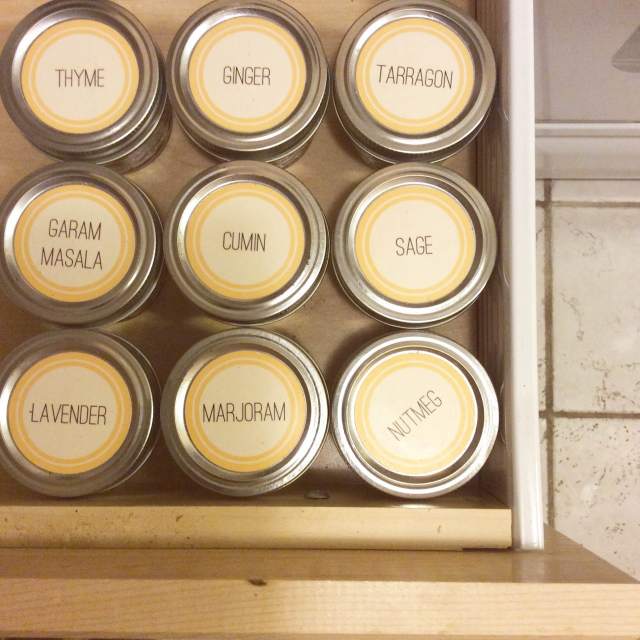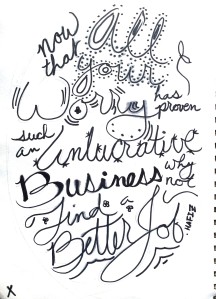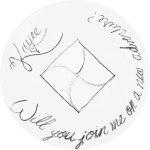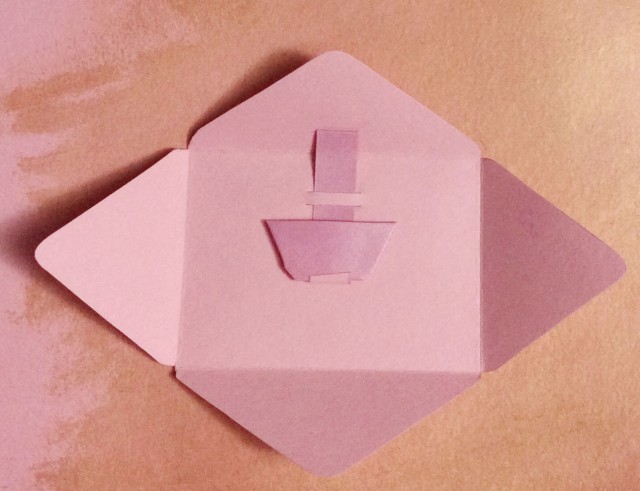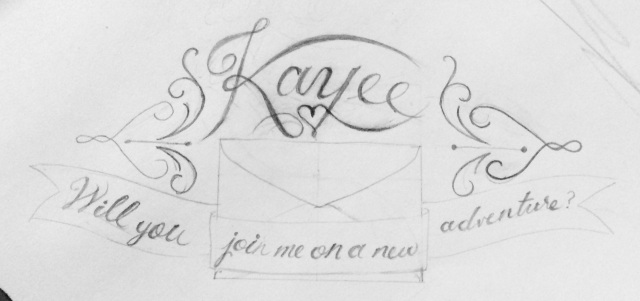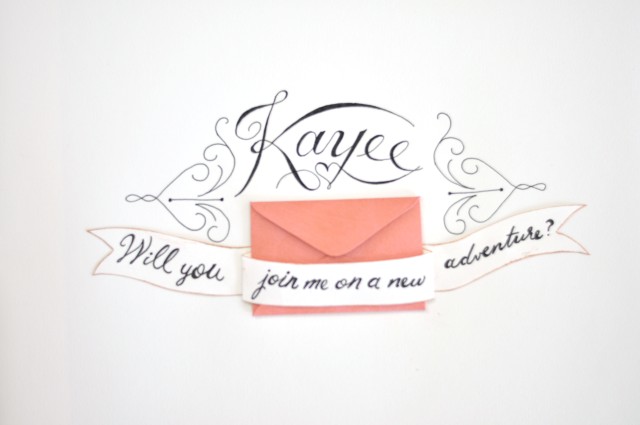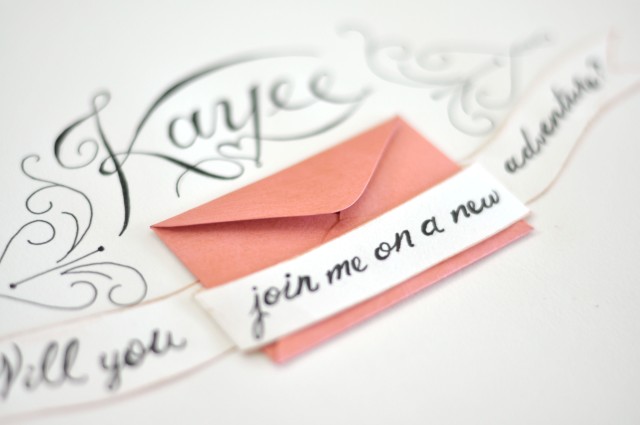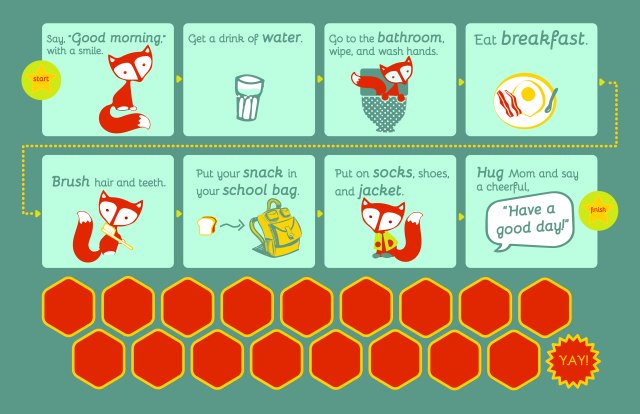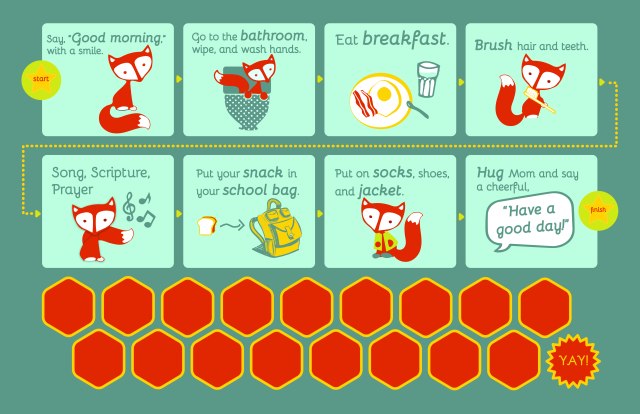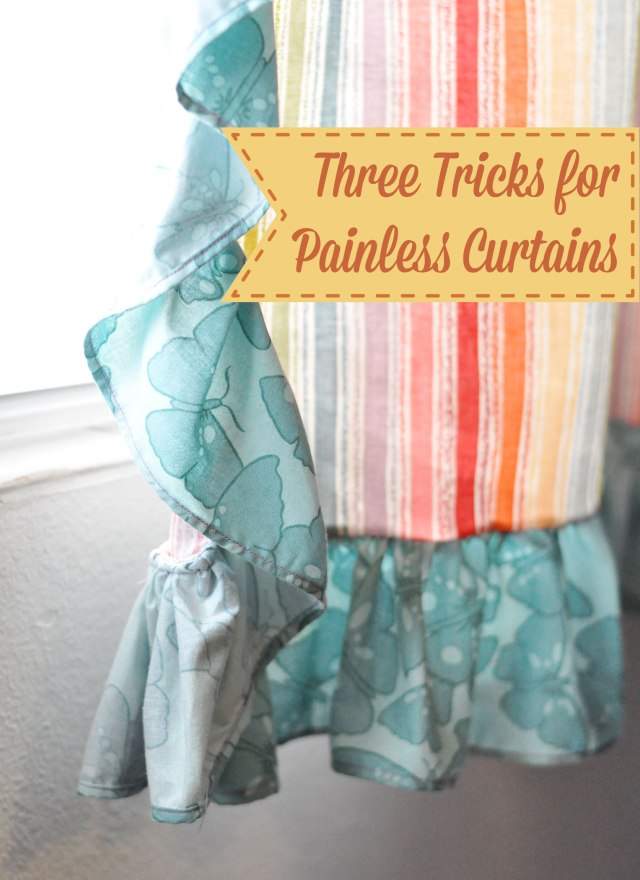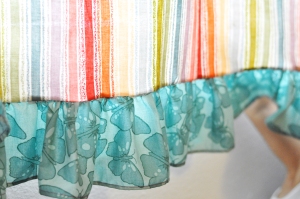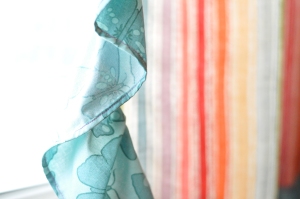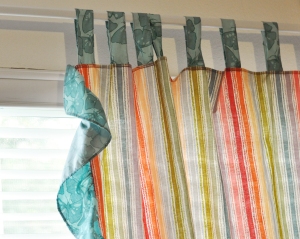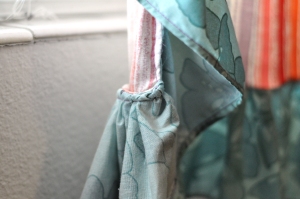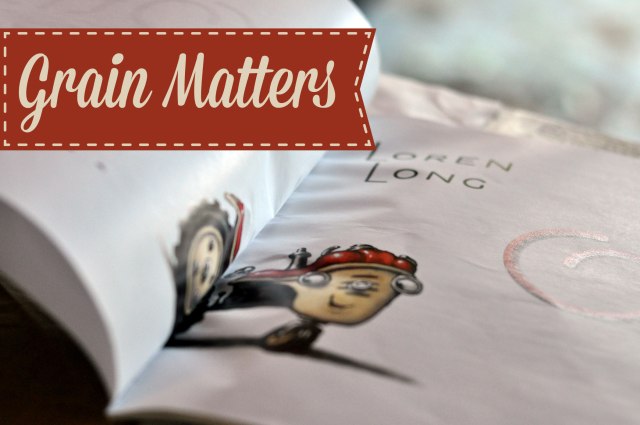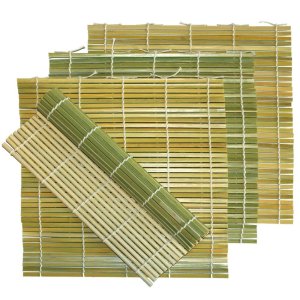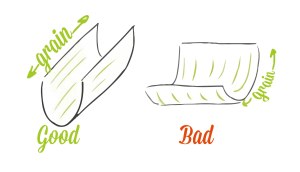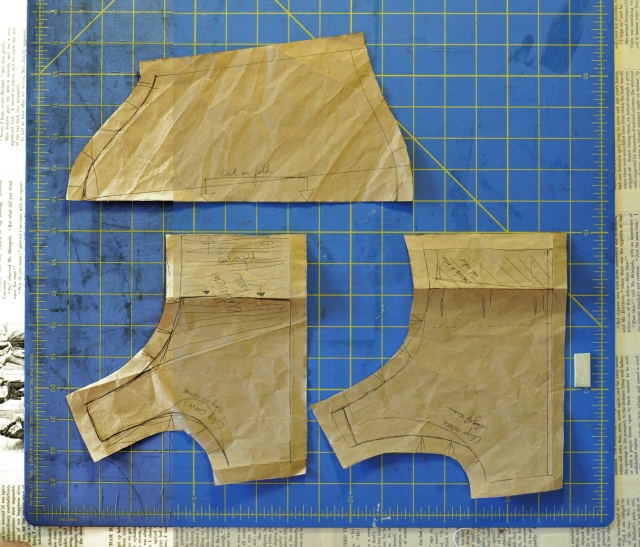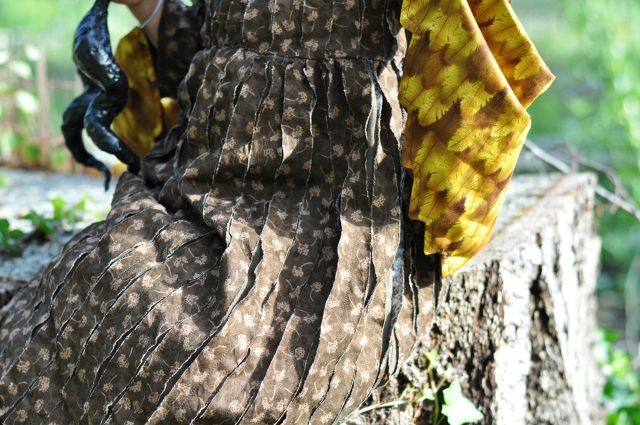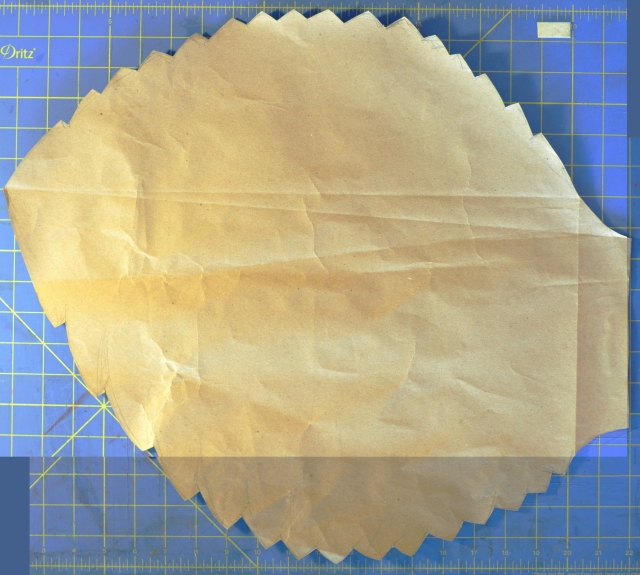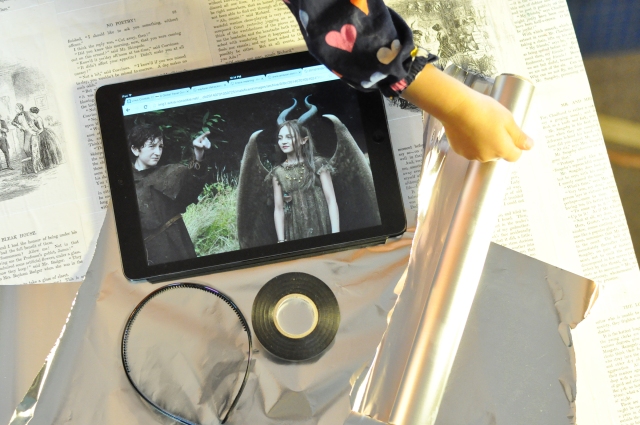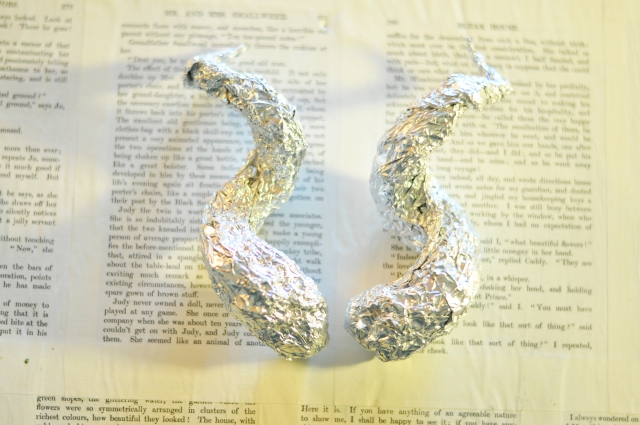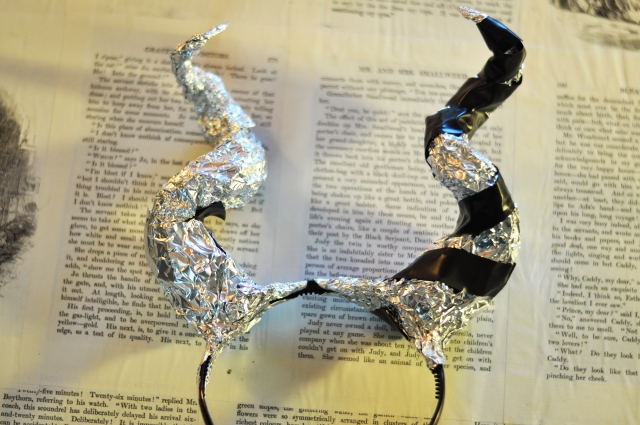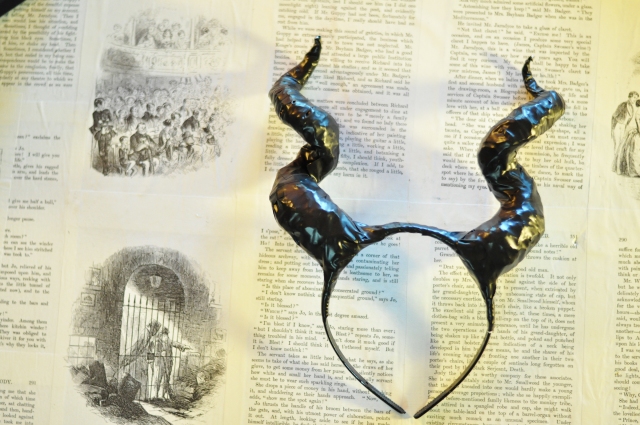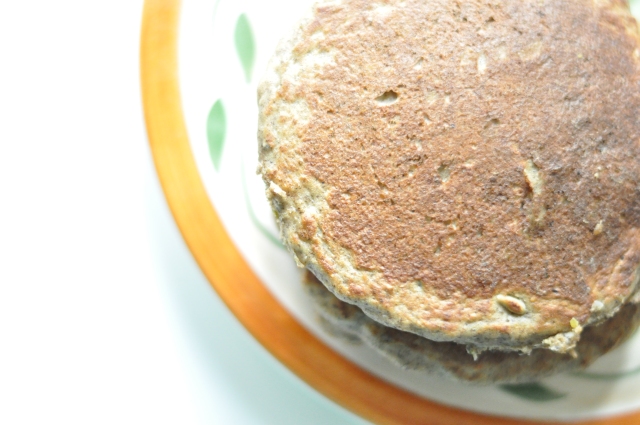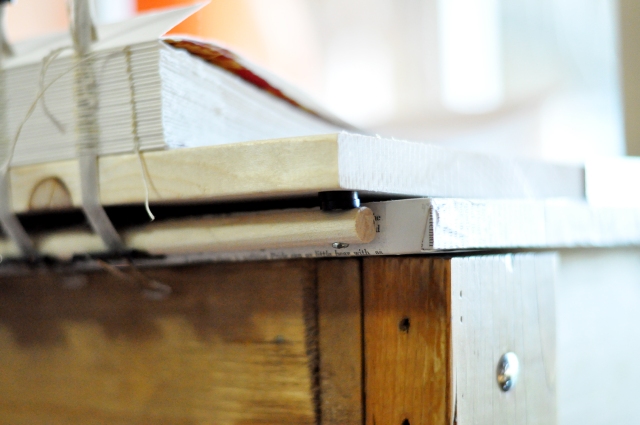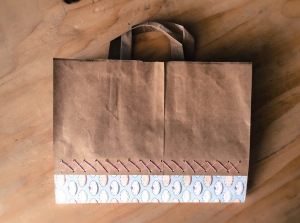 I posted a picture of two books with handles my daughters made out of grocery bags on Instagram a couple weeks ago and got a request for a tutorial, so here it is! My eight-year-old has made more books than most adults, so this was a cakewalk for her, but my three-year-old’s first, and she did most of the work herself with very nice results. Obviously, I was directing every step of the way, but by the end her dexterity had improved markedly. Making books is good for fine motor skills, pattern recognition, and literacy. But I don’t need to sell you on it; if you’re here, you’re already drinking the KoolAid.
I posted a picture of two books with handles my daughters made out of grocery bags on Instagram a couple weeks ago and got a request for a tutorial, so here it is! My eight-year-old has made more books than most adults, so this was a cakewalk for her, but my three-year-old’s first, and she did most of the work herself with very nice results. Obviously, I was directing every step of the way, but by the end her dexterity had improved markedly. Making books is good for fine motor skills, pattern recognition, and literacy. But I don’t need to sell you on it; if you’re here, you’re already drinking the KoolAid.
First, gather supplies. We used friendship bracelet string, darning needles with big fat eyes, brown paper bags with handles, my awl, and eight sheets of 11″x17″, and some cute, heavy, 12″x12″ scrapbook paper, and a glue stick.
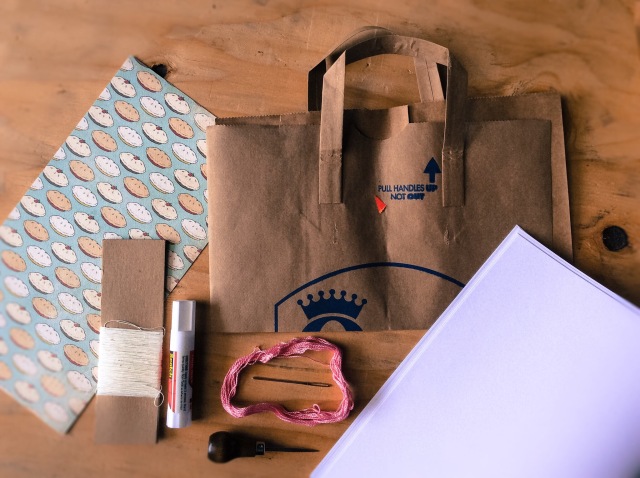 Cut 7″ off the top of your bag, keeping the handles. Then cut the sides of the bag off–should make it 12″ wide.
Cut 7″ off the top of your bag, keeping the handles. Then cut the sides of the bag off–should make it 12″ wide.
Cut your scrapbook paper in half, then fold it in half lengthwise. Don’t make the crease very sharp. Just enough for you to know it’s there or the pages won’t sit snugly inside.
 Glue the brown bag pieces to the scrapbook paper, overlapping 1″. I penciled in a guideline for my daughter to follow so she could do the gluing.
Glue the brown bag pieces to the scrapbook paper, overlapping 1″. I penciled in a guideline for my daughter to follow so she could do the gluing.
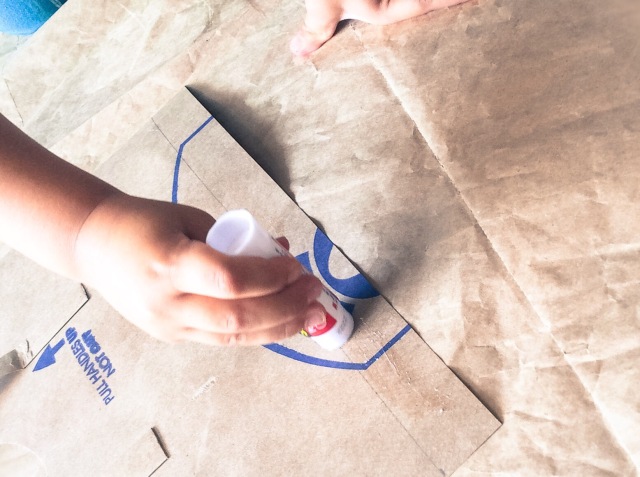 Since glue sticks don’t adhere permanently, no matter what the label says, I thought it would be cool to do this cross stitching. I put cardboard underneath and used my awl to poke a pattern of holes inside that inch where the scrapbook paper and brown bag overlap.
Since glue sticks don’t adhere permanently, no matter what the label says, I thought it would be cool to do this cross stitching. I put cardboard underneath and used my awl to poke a pattern of holes inside that inch where the scrapbook paper and brown bag overlap.
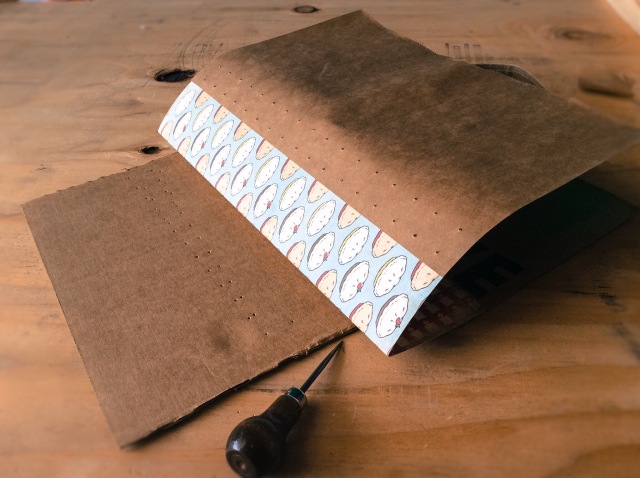 I directed my daughter where to insert her needle and supported the paper so it wouldn’t get mangled as she sewed.
I directed my daughter where to insert her needle and supported the paper so it wouldn’t get mangled as she sewed.
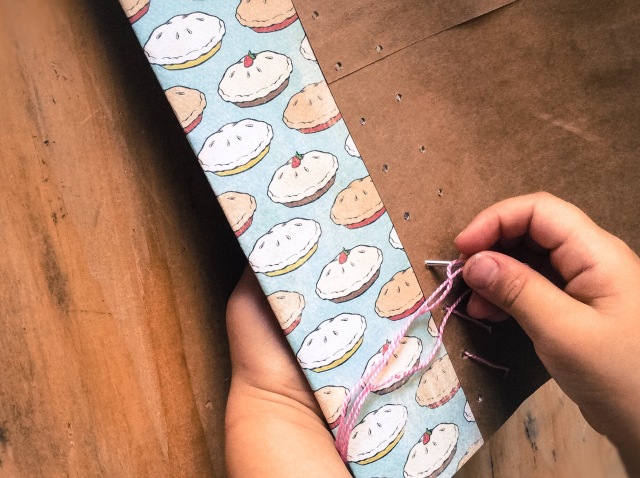
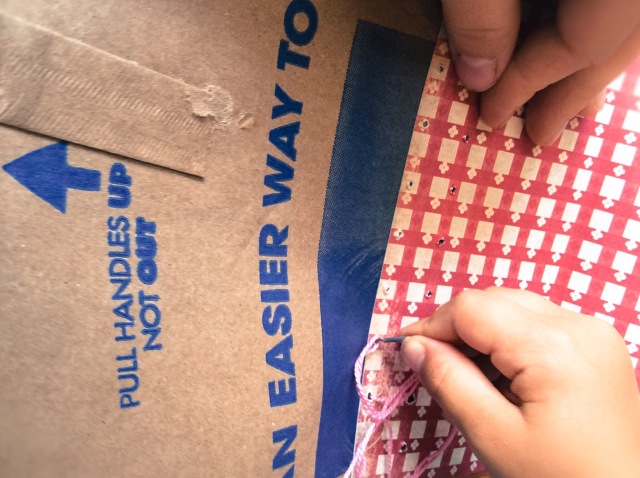
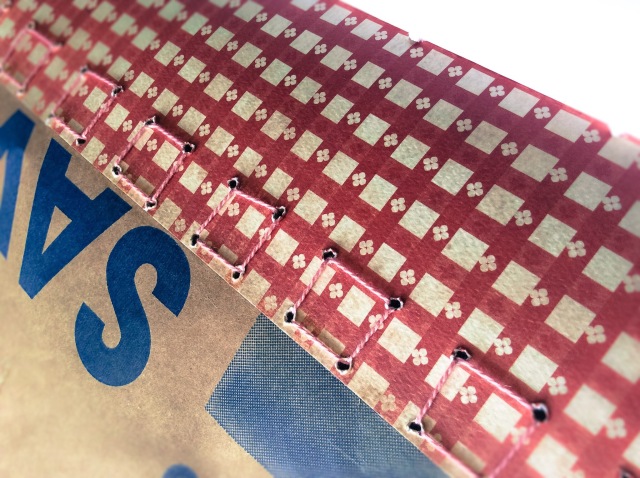
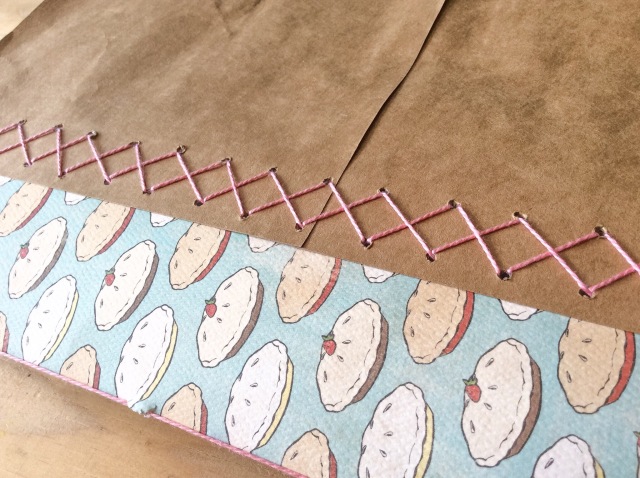
Fold the eight 11″x17″ pieces of paper in half.
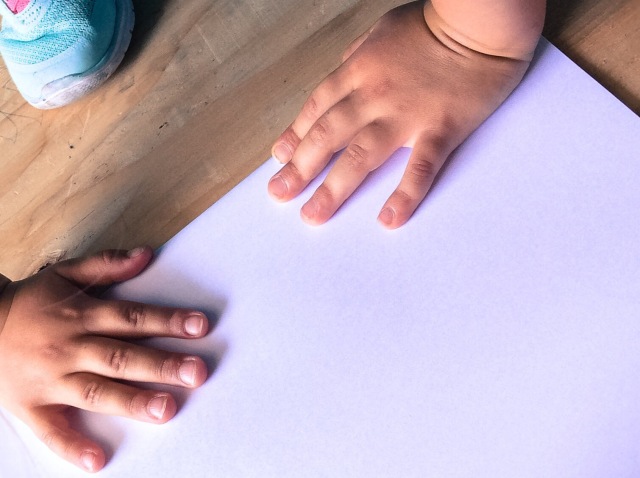 Center the pages in the cover, clip the pages to the cover to keep things from sliding around, and poke five evenly spaced holes in the gutter.
Center the pages in the cover, clip the pages to the cover to keep things from sliding around, and poke five evenly spaced holes in the gutter.
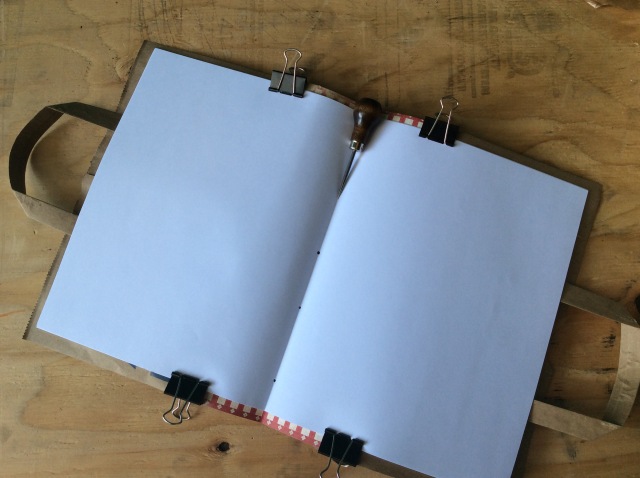 I blogged about the pamphlet stitch before, which is what we’re doing here. Check out that post for a clear illustration. Starting on the inside, go through the center hole, then outside in through the next hole up, inside out through the top hole, outside in through the next hole down (this is your second time through this hole), skip the middle hole and go inside out through the hole below the center hole, outside in through the bottom hole, inside out through the second hole up, outside in through the center hole.
I blogged about the pamphlet stitch before, which is what we’re doing here. Check out that post for a clear illustration. Starting on the inside, go through the center hole, then outside in through the next hole up, inside out through the top hole, outside in through the next hole down (this is your second time through this hole), skip the middle hole and go inside out through the hole below the center hole, outside in through the bottom hole, inside out through the second hole up, outside in through the center hole.
 Now you have two tails coming up through the center of the book. Tie these together in a square knot over the string that spans the space between the two adjacent holes.
Now you have two tails coming up through the center of the book. Tie these together in a square knot over the string that spans the space between the two adjacent holes.
 And you’re done!
And you’re done!
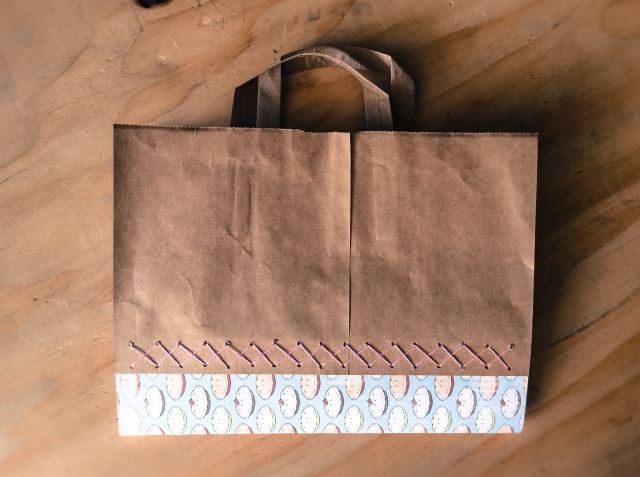
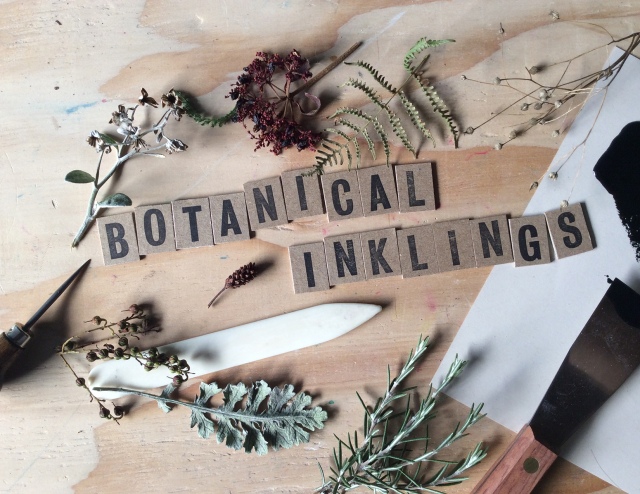 I’ve been working on a great big giant very very large project that I’m finally ready to share with you! I’ve been wanting to do a letterpress coloring book for ages, specifically on watercolor paper, because I don’t want to be limited to pencils and crayons when I color, and the paper in the coloring books you buy at the store is crap. Some of the nicer ones are moving toward heavier paper, but you still can’t use wet mediums in them.
I’ve been working on a great big giant very very large project that I’m finally ready to share with you! I’ve been wanting to do a letterpress coloring book for ages, specifically on watercolor paper, because I don’t want to be limited to pencils and crayons when I color, and the paper in the coloring books you buy at the store is crap. Some of the nicer ones are moving toward heavier paper, but you still can’t use wet mediums in them.














